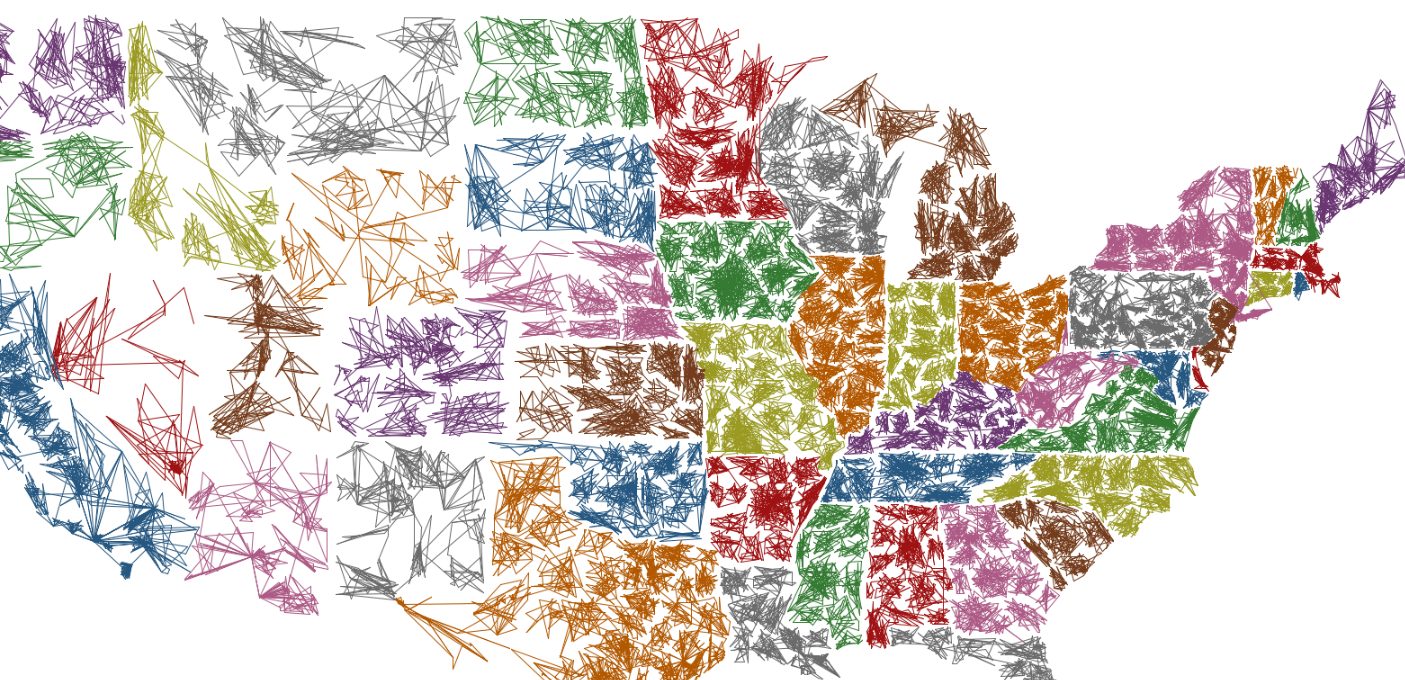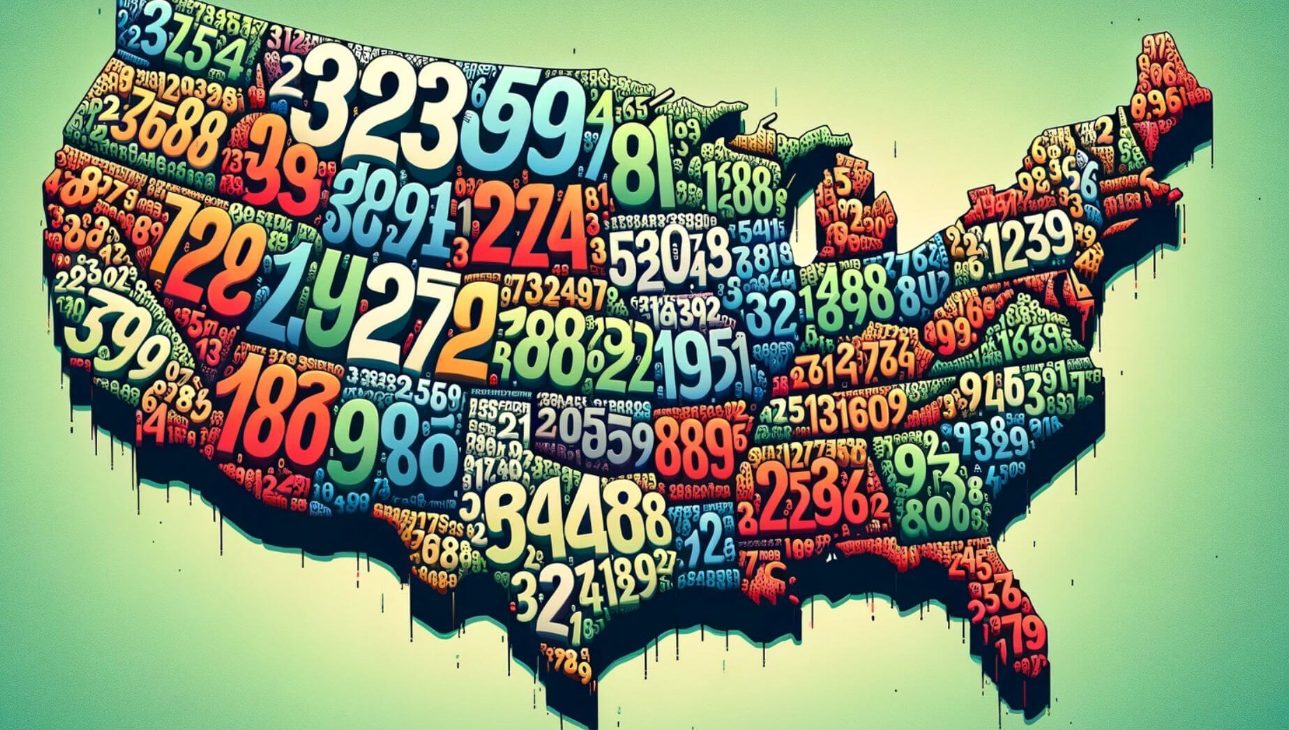How many ZIP codes in US? It’s a question that might spark curiosity in those who have ever addressed an envelope or wondered about the intricate logistics of mail delivery. The answer, while seemingly straightforward, leads us into a fascinating exploration of the United States Postal Service (USPS), geographic divisions, and the evolution of this coding system.
Contents
The Current Count: More Than Meets the Eye
As of 2024, there are over 41,000 ZIP codes in the United States. However, this number isn’t static. The USPS continually adjusts and adds ZIP codes to accommodate population shifts, new developments, and evolving delivery routes.
What’s in a ZIP Code? The Anatomy of a Postal Identifier
ZIP stands for “Zone Improvement Plan.” Introduced in 1963, ZIP codes were designed to streamline mail sorting and delivery. Each ZIP code represents a specific geographic area, ranging from small towns to large cities.
A standard ZIP code consists of five digits. The first digit indicates a broad geographic region, while the following digits narrow down the location. For example, ZIP codes starting with “0” represent the Northeast, while those starting with “9” represent the West Coast.
Beyond the Basics: ZIP+4
To further enhance accuracy, the USPS introduced the ZIP+4 system. This adds four digits to the standard ZIP code, pinpointing a specific delivery route, building, or group of addresses.
Read More: The Enigma of the 00001 Zip Code: Fact, Fiction, or Lost Postal Lore?
How Many ZIP Codes in US by State? A Diverse Distribution
The number of ZIP codes per state varies significantly depending on several factors, including:
- Population Density: States with larger populations and urban centers typically have more ZIP codes.
- Geographic Size: Larger states naturally require more ZIP codes to cover their expansive areas.
- Delivery Routes: The complexity of delivery routes within a state also influences the number of ZIP codes needed.
States with the Most ZIP Codes
Some of the states with the highest number of ZIP codes include:
- California
- Texas
- New York
- Florida
- Illinois
States with the Fewest ZIP Codes

On the other end of the spectrum, states with fewer ZIP codes often have smaller populations and less complex delivery routes. These include:
- Alaska
- Delaware
- Hawaii
- Montana
- North Dakota
- South Dakota
- Vermont
- Wyoming
How Many ZIP Codes in US? The Impact on Daily Life
ZIP codes are more than just numbers on an envelope. They play a crucial role in various aspects of American life:
- Mail Delivery: The primary function of ZIP codes is to ensure efficient and accurate mail delivery.
- Demographics and Marketing: ZIP codes are used to analyze demographic data, target marketing campaigns, and assess consumer behavior.
- Emergency Services: In emergencies, 911 operators use ZIP codes to quickly determine the caller’s location and dispatch the appropriate response teams.
- Navigation and Mapping: ZIP codes are integrated into GPS systems and online maps, aiding in navigation and location-based services.
The Future of ZIP Codes
While ZIP codes have served us well for decades, the USPS is constantly exploring ways to improve the system. With the rise of e-commerce and digital communication, the role of ZIP codes may evolve. However, their importance in ensuring efficient mail delivery and providing valuable data will likely remain.
In Conclusion
How many ZIP codes in US? The answer is a dynamic one, reflecting the ever-changing landscape of the United States. ZIP codes are more than just numbers; they are a testament to the ingenuity of the USPS and the intricate web of connections that bind communities together.







